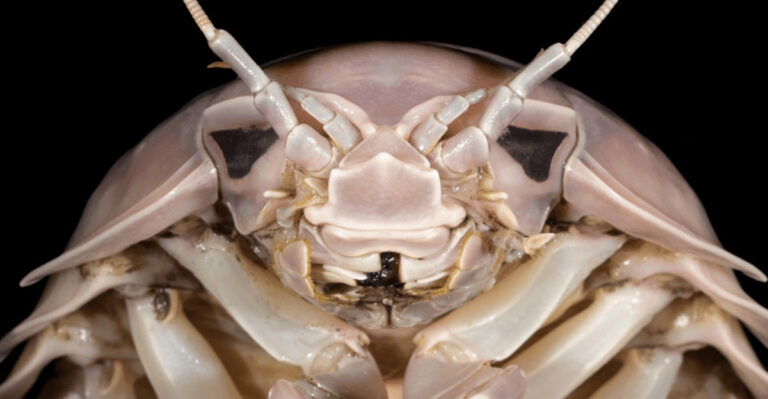Megalodon Might Have Been Even Bigger – And That’s Just The Beginning
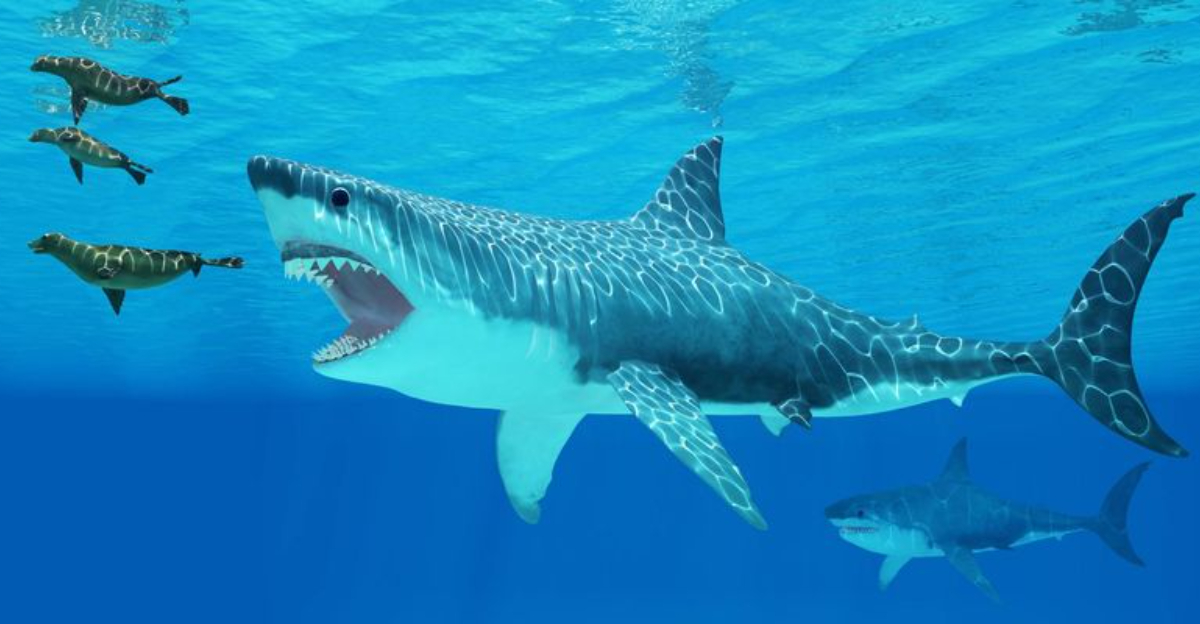
Ever wondered about the true giants of the ocean that roamed our planet millions of years ago? The Megalodon, the ultimate prehistoric predator, holds secrets that are just as colossal as its size.
Dive into these 10 surprising facts about Megalodon that will make you rethink everything you knew about this oceanic titan.
1. Prehistoric Giant: Just How Big Was Megalodon?
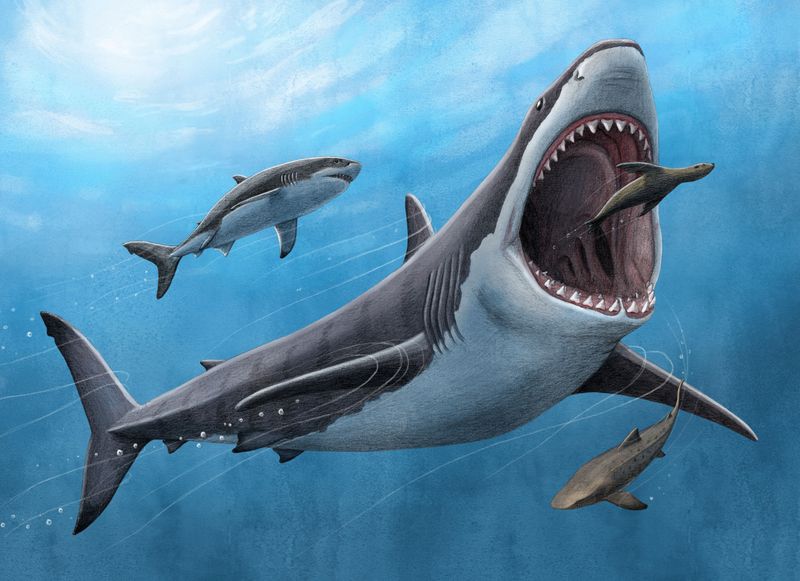
Megalodon was a true giant of the prehistoric seas, with estimates suggesting it reached lengths of up to 60 feet.
Imagine a fish as long as a bowling lane! This size is over three times the length of a modern great white shark.
In the ancient oceans, the Megalodon’s size made it an apex predator, able to dominate its environment. Its sheer mass was comparable to that of a city bus, making it one of the most formidable creatures to have ever existed.
These giants ruled the seas for millions of years, leaving behind a legacy of fascination.
2. Even Larger Than We Thought: New Research On Megalodon’s True Size
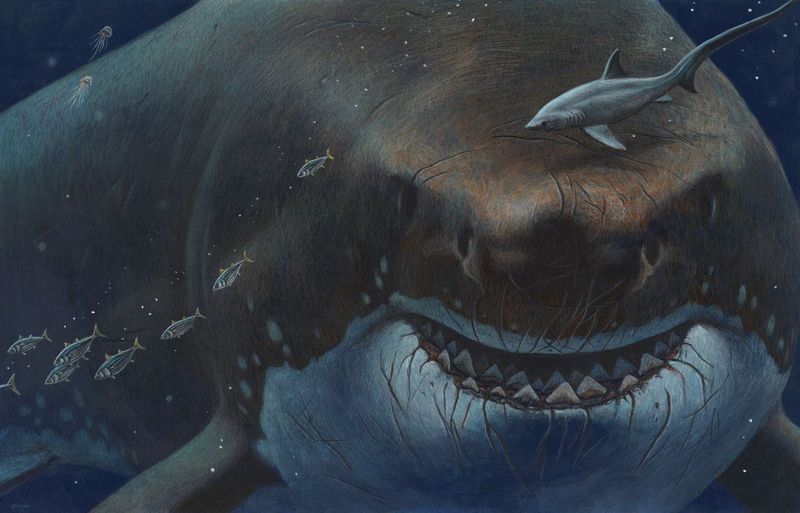
Recent studies have revealed that Megalodon might have been even larger than previously thought. Using fossil evidence and advanced computer modeling, scientists now believe it could have reached lengths of up to 82 feet!
This new estimate makes it one of the largest predators to have ever existed on Earth. The methodologies used include scaling its teeth and vertebrae, allowing for more precise size estimations.
This reinterpretation of its size showcases the dynamic nature of scientific discovery, constantly reshaping our understanding of prehistoric life.
These findings continue to captivate paleontologists and marine enthusiasts alike.
3. A Jaw-Dropping Bite: The Strongest Bite Force In History
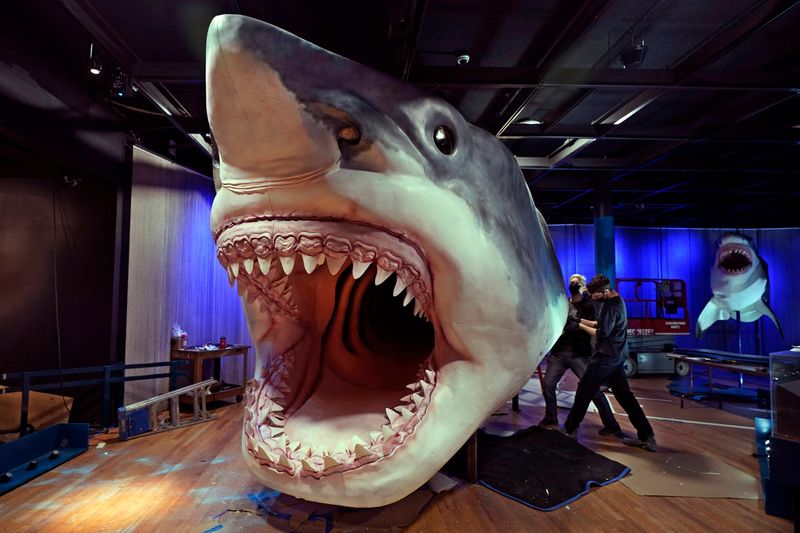
Megalodon possessed a bite force unrivaled by any other creature in history. Scientists estimate it could exert a force of 40,000 pounds – a power capable of crushing a car!
This jaw-dropping capability allowed it to feast on large marine mammals, including whales. Its teeth, some over seven inches long, were designed to slice through flesh and bone with ease.
The force and efficiency of its bite made Megalodon a terrifying predator. Its hunting prowess was unmatched, striking fear into the hearts of its prey and ensuring its dominance in the oceanic food chain.
4. Megalodon Vs. Today’s Sharks: A Size Comparison
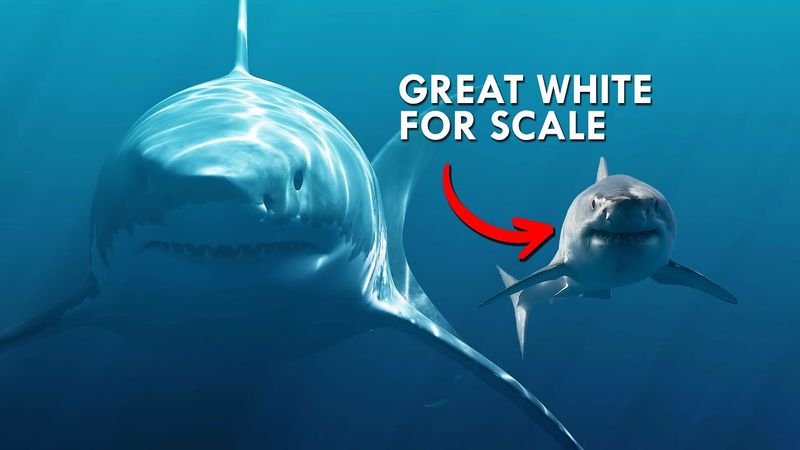
When comparing Megalodon to today’s sharks, the size difference is astonishing.
A great white shark, about 20 feet long, seems tiny next to Megalodon. Even the whale shark, the largest fish in the sea today, doesn’t match up to Megalodon’s grandeur.
This comparison highlights the massive scale of prehistoric marine life, emphasizing how their ecosystems supported such gigantic creatures.
Megalodon’s immense size was a critical advantage, enabling it to hunt and feed efficiently. Understanding this scale difference offers fascinating insights into the evolutionary paths of today’s marine life.
5. A Super-Predator: What Did Megalodon Eat?
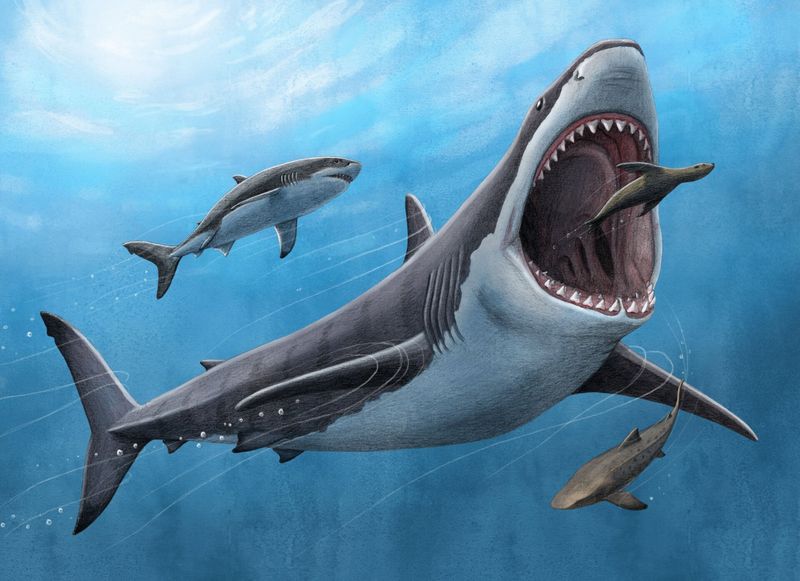
As a super-predator, the Megalodon’s diet was diverse and abundant.
Its primary targets were large marine mammals, such as whales and dolphins. Fossil evidence indicates that it also consumed giant turtles and other sizable fish.
Its jaws and teeth were perfectly adapted for hunting and dismembering these massive creatures. The variety in its diet reflects its adaptability and dominance in different marine environments.
By preying on such large animals, Megalodon maintained its place at the top of the food chain, playing a crucial role in regulating prehistoric marine ecosystems.
6. The Hunt For Warm Waters: Where Megalodon Lived
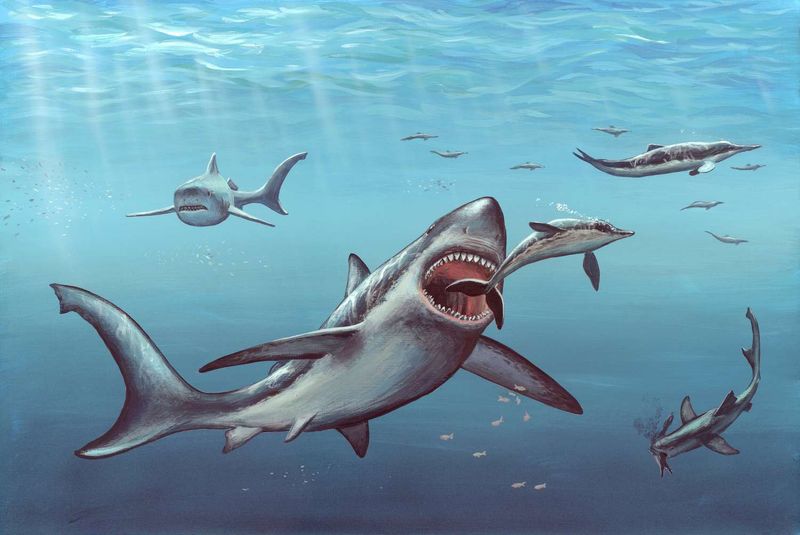
Megalodon thrived in the warm waters of ancient oceans, preferring coastal areas where prey was abundant.
Fossil discoveries indicate its presence in regions that are now the southeastern United States, South America, and even areas around Australia.
These warm waters provided ideal hunting grounds, rich in prey like whales and other large marine creatures. The preference for warm climates allowed Megalodon to expand its range across various continents.
This adaptability to different environments underlines its resilience and explains its prolonged dominance during its time on Earth.
7. Not Just Size – Megalodon’s Speed And Strength Were Unmatched
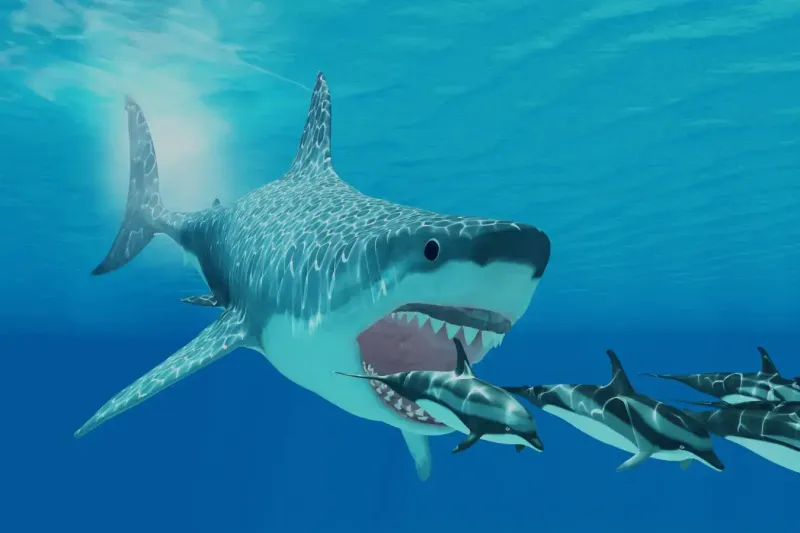
Megalodon was not just about size; it was built for speed and strength. Its muscular body enabled it to swim fast, allowing it to chase down swift prey.
The combination of its streamlined shape and powerful tail made it an efficient predator. This agility, paired with its brute force, meant that few creatures could escape its grasp.
Megalodon’s formidable strength made it a versatile hunter, capable of taking down even the most challenging prey.
Its physical prowess complemented its size, ensuring it remained the dominant marine predator of its era.
8. Fossil Clues: How Scientists Reconstruct Megalodon’s True Form
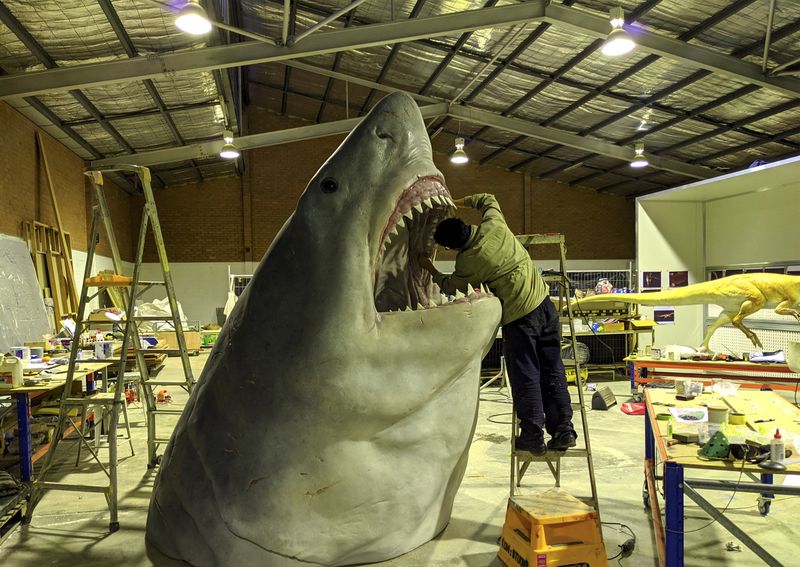
Reconstructing Megalodon’s true form is a fascinating challenge for scientists. Fossilized teeth and vertebrae provide critical clues as they are often the only remnants of this massive creature.
Using these fossils, scientists create models and simulations to estimate its size and appearance. Advances in technology, such as 3D modeling, allow for more accurate reconstructions.
These efforts help bring Megalodon to life, offering a glimpse into its physical characteristics and lifestyle.
Understanding its form aids in unraveling the mysteries surrounding its evolution and extinction, keeping the fascination with Megalodon alive.
9. The Mystery of Extinction: What Wiped Out This Ocean King?
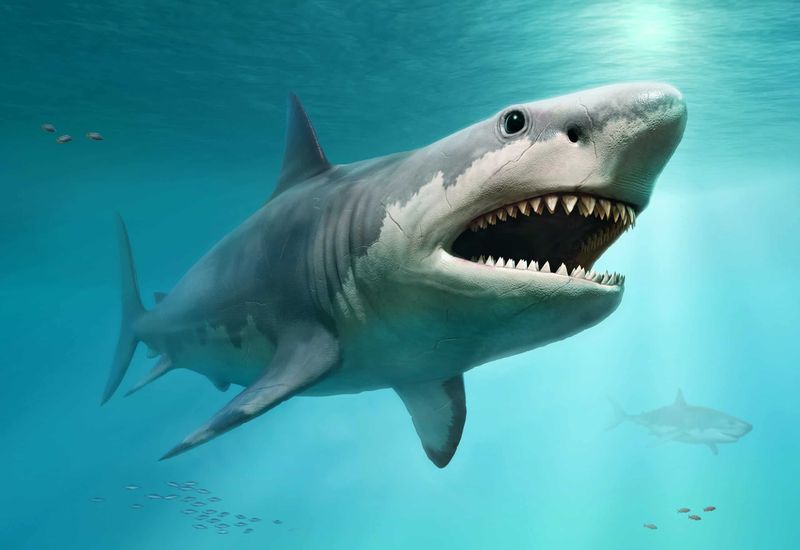
The extinction of Megalodon remains a mystery that intrigues scientists.
Many theories exist, with a prominent one being the cooling of ocean temperatures around 3 million years ago. This climate change may have reduced the availability of warm-water habitats and prey.
Competition with other emerging predators could have also contributed. These environmental shifts would have placed immense pressure on Megalodon’s survival.
Although the exact cause is unknown, the extinction of this ocean giant highlights the delicate balance of marine ecosystems and the impact of climate change on marine life.
10. Could Megalodon Still Exist? Separating Fact From Fiction
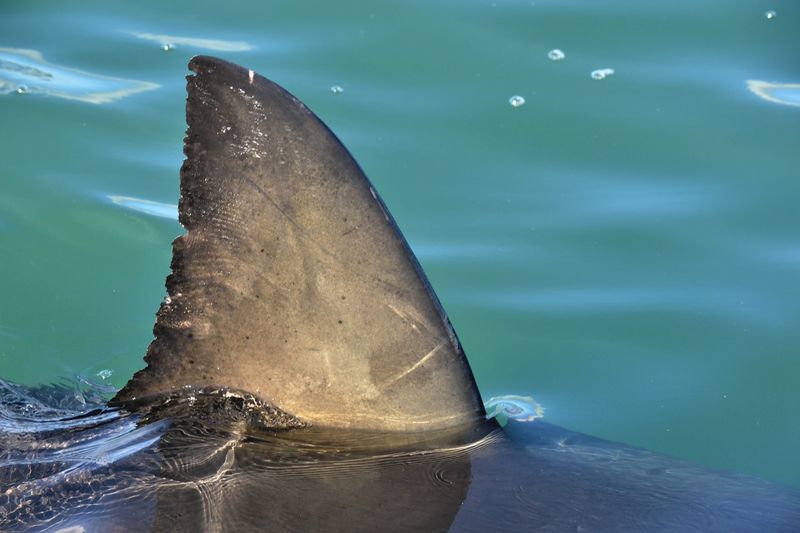
The idea that Megalodon could still exist today fuels many myths and legends.
Some suggest it might lurk in unexplored deep-sea regions. However, scientists find this highly unlikely due to a lack of evidence and suitable habitats.
Modern marine tracking and fossil records indicate its extinction millions of years ago. While stories of giant sea creatures persist, they are more folklore than fact.
Understanding the reality of Megalodon’s extinction emphasizes the importance of scientific evidence in distinguishing myth from reality while still allowing the imagination to wonder about the mysteries of the deep.

